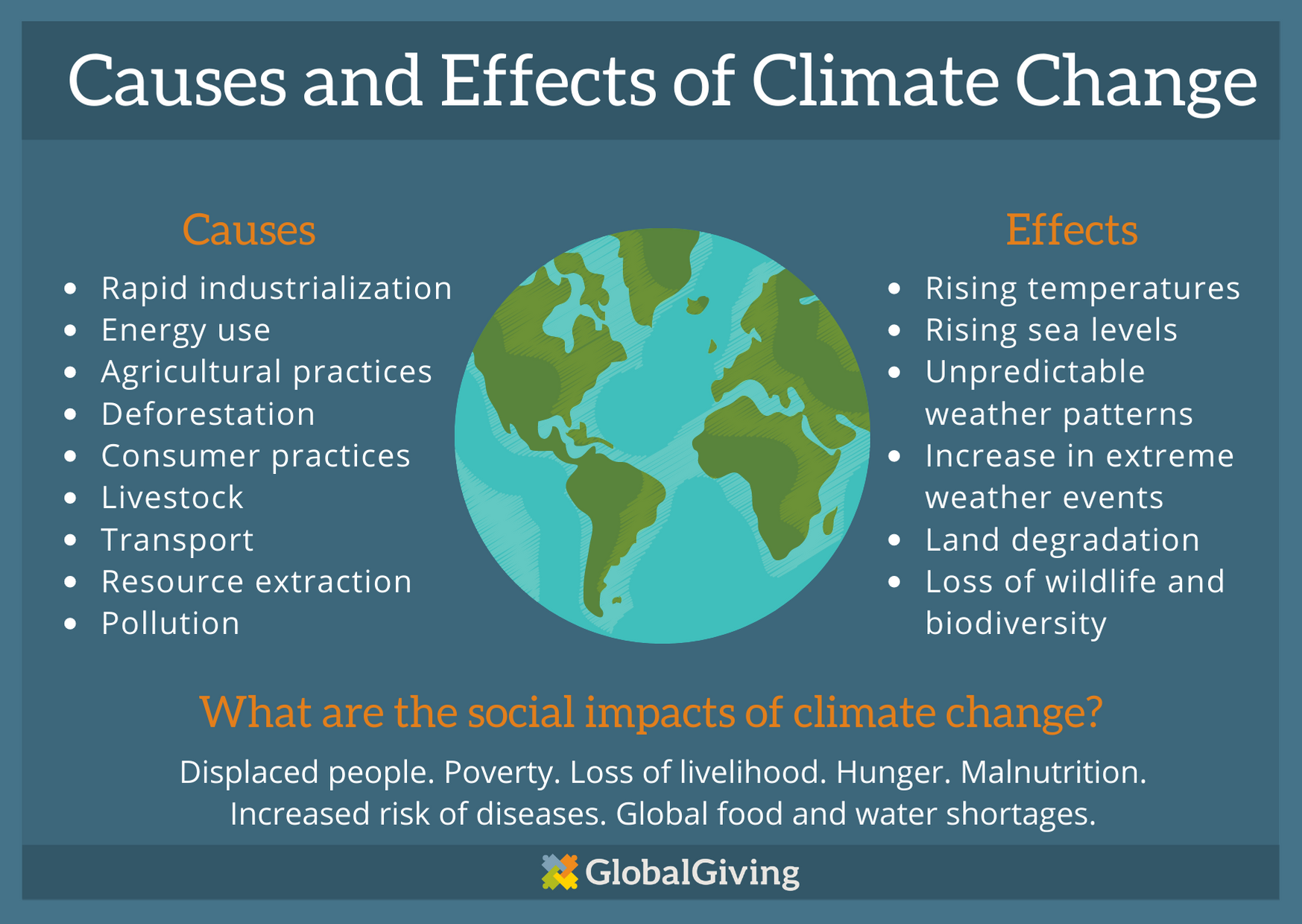Introduction:
Climate change is one of the most pressing issues of our time, with far-reaching implications for our planet, ecosystems, and future generations. It is a global problem that demands global solutions. International climate conferences have provided a platform for nations to come together, discuss, negotiate, and make commitments to address this crisis. In this blog post, we will delve into the history of these conferences, exploring their key milestones and agreements that have shaped the trajectory of climate action.
The Kyoto Protocol (COP3, 1997):
The Kyoto Protocol marked a significant turning point in international climate negotiations. Adopted in 1997 at the third Conference of the Parties (COP3) in Kyoto, Japan, this treaty set legally binding emission reduction targets for developed countries. These countries committed to reducing their greenhouse gas emissions by an average of 5.2% below 1990 levels over the first commitment period (2008-2012). While the Kyoto Protocol was a major step forward, it had limitations, notably the absence of binding targets for developing countries and the withdrawal of the United States in 2001.
The Copenhagen Accord (COP15, 2009):
The 2009 United Nations Climate Change Conference in Copenhagen (COP15) was marked by high expectations but ended in disappointment as negotiations for a legally binding treaty faltered. However, the Copenhagen Accord emerged as a non-binding political agreement brokered by key world leaders. It recognized the need to limit global temperature rise to 2 degrees Celsius and pledged financial support to help developing countries adapt to climate change. While not legally binding, the Copenhagen Accord laid the groundwork for future climate agreements.
The Paris Agreement (COP21, 2015):
In 2015, the world witnessed a historic moment in climate diplomacy with the adoption of the Paris Agreement at COP21 in Paris, France. This agreement brought 196 parties together to commit to limiting global warming to well below 2 degrees Celsius above pre-industrial levels, with an aspirational target of 1.5 degrees Celsius. Unlike the Kyoto Protocol, the Paris Agreement included commitments from both developed and developing nations, recognizing the principle of “common but differentiated responsibilities.” It also emphasized the importance of financial support and technology transfer to help developing countries mitigate and adapt to climate change.
Under the Paris Agreement, countries submitted their individual nationally determined contributions (NDCs), outlining their specific emission reduction targets and actions. These NDCs can be updated and strengthened over time, reflecting a more flexible and dynamic approach to climate action. The Paris Agreement also established a global goal to reach net-zero greenhouse gas emissions by the second half of the century, signaling a long-term commitment to decarbonization.
COP26: Glasgow Climate Pact (2021):
The most recent milestone in international climate conferences was the 26th UN Climate Change Conference of the Parties (COP26) held in Glasgow, Scotland, in 2021. This conference aimed to accelerate global efforts to tackle climate change and address key issues left unresolved in previous meetings.
The Glasgow Climate Pact reaffirmed the commitment to limiting global warming to 1.5 degrees Celsius and called on countries to strengthen their NDCs. One of the standout achievements was the “Global Methane Pledge,” which aims to reduce methane emissions by 30% by 2030, a critical step in combating short-term climate warming. Additionally, the pact stressed the importance of phasing out unabated coal and increasing financial support for vulnerable nations.
Looking Ahead:
While these international climate conferences have marked significant progress, there is still much work to be done. Climate change remains a global emergency, and the world must continue to strengthen its efforts to reduce greenhouse gas emissions, adapt to the changing climate, and support vulnerable communities.
The upcoming COP27 and beyond will play a crucial role in maintaining the momentum for climate action. It is imperative that nations work together, with a sense of urgency, to address the climate crisis comprehensively. This includes transitioning to renewable energy, protecting forests and biodiversity, and investing in sustainable infrastructure.
Conclusion:
International climate conferences have been instrumental in shaping the global response to climate change. From the Kyoto Protocol’s pioneering steps to the Paris Agreement’s inclusive approach and the recent Glasgow Climate Pact’s renewed commitment, these conferences have paved the way for meaningful climate action on a global scale. However, the success of these agreements ultimately depends on the collective efforts of nations, businesses, communities, and individuals worldwide. As we look ahead, it is our shared responsibility to work towards a sustainable and climate-resilient future for all.




